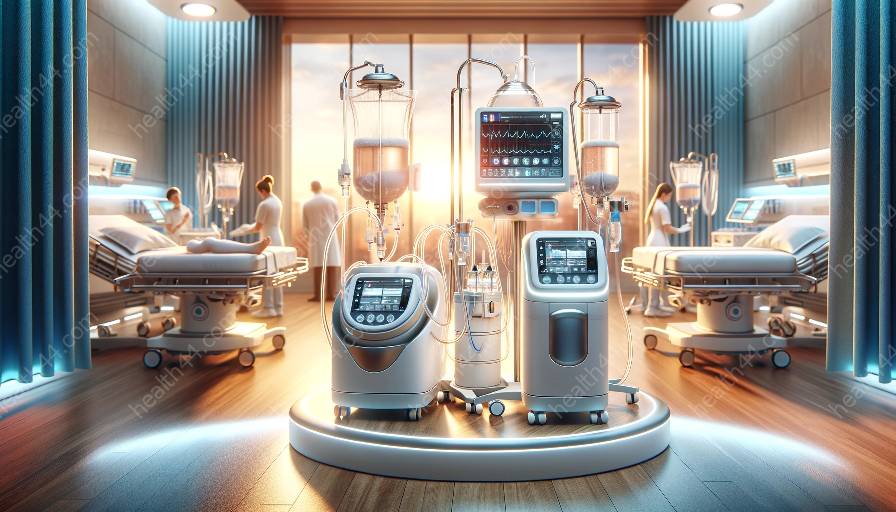Wound irrigation systems are crucial in the field of wound care and play a significant role in promoting healing and preventing infection. As medical devices and equipment continue to advance, the integration of these systems has become increasingly important in ensuring optimal patient outcomes.
The Importance of Wound Irrigation Systems
Wound irrigation systems are designed to effectively cleanse and debride wounds, removing debris and bacteria to support the body's natural healing process. By utilizing innovative technology, these systems help healthcare professionals maintain a sterile environment, reduce the risk of infection, and promote better wound healing.
Moreover, wound irrigation systems are compatible with various wound care devices, such as dressings, negative pressure wound therapy (NPWT) systems, and advanced wound care products. This compatibility allows for seamless integration and comprehensive wound management, ultimately benefiting patients and healthcare providers alike.
Advancements in Wound Care Devices
With ongoing advancements in wound care devices, the capabilities and effectiveness of wound irrigation systems have significantly improved. These developments have led to enhanced precision, better control, and increased safety in delivering irrigation solutions to wounds. Additionally, modern wound care devices now offer customizable settings and improved ergonomics, making them more user-friendly for healthcare professionals.
The integration of wound irrigation systems with state-of-the-art wound care devices allows for targeted and efficient wound cleansing, leading to better patient comfort and improved clinical outcomes. These advancements play a crucial role in minimizing the risk of complications and supporting the overall healing process.
Enhancing Patient Care with Medical Devices and Equipment
Wound irrigation systems are just one example of how medical devices and equipment continue to evolve to meet the growing demands of modern healthcare. These advancements aim to enhance patient care by streamlining procedures, increasing efficiency, and ultimately improving outcomes for individuals with wounds.
Furthermore, the compatibility of wound irrigation systems with various medical devices and equipment underscores the interconnected nature of modern healthcare solutions. Whether it's in outpatient settings, surgical suites, or long-term care facilities, the seamless integration of these devices and equipment enhances the delivery of patient-centered care.
Conclusion
As the field of wound care continues to progress, the integration of advanced wound irrigation systems with compatible devices and equipment has become indispensable. By leveraging innovative technology and collaborative approaches, healthcare professionals can elevate the standard of care and provide patients with optimal wound management solutions.
Join us in exploring the latest advancements in wound irrigation systems and their compatibility with wound care devices and medical equipment, as we strive to create a comprehensive and informative resource for healthcare professionals and individuals seeking to stay informed about the latest developments in wound care.


